Arthur George and Elena George
Hamilton Books
A member of
Rowman & Littlefield
Lanham Boulder New York Toronto Plymouth, UK
Copyright 2014 by Arthur George and Elena George
Hamilton Books
4501 Forbes Boulevard, Suite 200, Lanham, Maryland 20706
Hamilton Books Aquisitions Department (301) 459-3366
10 Thornbury Road, Plymouth PL6 7PP, United Kingdom
All rights reserved
Printed in the United States of America
British Library Cataloguing in Publication Information Available
Library of Congress Control Number: 2014933198
ISBN: 978-0-7618-6288-8 (paper : alk. paper)ISBN: 978-0-7618-6289-5 (electronic)
 TM The paper used in this publication meets the minimum requirements of American National Standard for Information Sciences Permanence of Paper for Printed Library Materials, ANSI/NISO Z39.48-1992.
TM The paper used in this publication meets the minimum requirements of American National Standard for Information Sciences Permanence of Paper for Printed Library Materials, ANSI/NISO Z39.48-1992.
Myths are seldom simple, and never irresponsible.
Robert Graves
Myth is the foundation of life. It is the timeless pattern,
the religious formula to which life shapes itself.
Thomas Mann
Preface
For centuries the Bible has been the most influential and most read book in Western civilization, and in the Hebrew Bible We all grow up with it as children, and it is in our blood, whether we are conscious of it or not.
The reasons for this are understandable. This story lies at the beginnings of the three great monotheistic religions, Judaism, Christianity and Islam. It has guided Western cultures traditional view of women and their relationship to men. It has given snakes a bad name. The story has been portrayed countless times in our cultures greatest art and literature, not to mention pop culture.
And yet for something of such vast importance and influence, for the general public very little has been published to explain the origins and meaning of this story. Indeed, there is no generally accessible book dealing comprehensively with the whole Eden story. Our book is meant to help remedy this situation. From tradition many incorrect assumptions about the story persist and still need to be corrected. The story has been embellished well beyond its text and authors original intent, while some of what he intended has not gotten through or has been lost. Many elements of the story that our common understanding and traditions include in the story (e.g., an apple, Satan) are actually absent from it, or at least not specified in it. Some details in the story have been emphasized and become embedded in our culture to a degree that we do not generally realize, while others remain unappreciated, ignored and largely forgotten. Indeed, each time we read the story, even in translation, we notice and appreciate some detail, word or phrase that gives new meaning and provokes more questions.
The need for such a book at this juncture is particularly acute because in recent decades new knowledge has been gainedparticularly in the fields of archeology, history, and mythological studiesthat sheds new light on the story, corrects some misconceptions, and will enrich our understanding of it. Yet, this new information is generally unknown to the public, including to religious communities. Rather, it has largely remained within the province of academic specialists. Further, among scholarly disciplines there has been insufficient cross-fertilization of information and ideas, which means that the newer information and thinking has not been adequately synthesized. As a result, there has been no synthesis that can be presented to a public audience.
It is unfortunate that our culture lacks a modern, holistic interpretation of the Eden story, because the issues in question are important for peoples individual religious and spiritual lives, our culture, our educational system, and the political life of our communities. For one thing, today fanaticisms that affect our national security, our politics, our personal safety and well-being are said to be based on books written by God, starting with the account of Adam and Eve. It is therefore timely to have a fresh look at the story that began it all, to do so using an interdisciplinary approach that synthesizes the work of specialists in various fields, and to explain it in a readable way that is accessible to any educated reader. This book endeavors to do so, drawing on the modern findings and ideas of biblical scholars, linguists, historians, mythologists, scholars of comparative religion, archeologists, anthropologists, psychologists, and philosophers, among others. Our analysis is rooted in mainstream scholarship and thinking but bridges the interdisciplinary gaps in order to attain a more holistic understanding of the story.
Since the subject matter of this book is both important and not simple, in order to make a contribution it must be detailed and substantive. It must go into details and refer the reader to the sources utilized in making particular points. In order to achieve this goal yet make the book readable for a broad audience, we have endeavored to keep the main text as simple as possible and free of technical terminology and transliterations, except when this is essential to the argument. We have added further explanations and supplemental information in the endnotes, which we encourage readers to consult as they read.
This book focuses on the meanings of the central mythological elements of the Eden story, which means that our discussion does not follow the storys plot in a linear way, and omits details tangential to our argument. Readers who desire a verse-by-verse explanation can consult the many annotated commentaries cited in the Bibliography. Because this book is written to be accessible to the general reader and useful to specialists in various disciplines, it contains a significant amount of explanatory material containing information that will be familiar to specialists.
Regarding technical matters, all dates are BC/BCE unless otherwise noted. Dates of reigns of kings of Israel and Judah follow the Anchor Bible Dictionary dates. We use an author-date style of citation keyed into the Bibliography and the list of abbreviations in the back of the book. The style of the endnotes, Bibliography, and abbreviations is a blend of the ChicagoManual of Style and Society of Biblical Literature styles, with some concessions to make them more understandable to the general reader. Credits for images in the Figures appear in their captions. Quotations of biblical texts are from the Revised Standard Version unless otherwise noted.
We wish to thank the many people, more than can be mentioned here, who have assisted us and made the book possible. We thank the staff and students of the Oriental Institute of the University of Chicago for their support in the research, in particular Foy Scalf, Head of its Research Archives (and Arts Egyptian teacher), for his research assistance and for reviewing portions of the manuscript pertaining to Egypt, and also Sam Boyd for assisting on biblical authorship/Pentateuch questions. We likewise thank the staff at Trinity International University for their assistance, in particular Neal Huddleston, Arts Hebrew teacher with whom we had many helpful discussions. Thanks also to Bernard and Fran Alpert, archaeologists who were helpful in discussing historical and archaeological questions and in reviewing Chapter 2. We have endeavored to avoid mistakes, but any which remain are solely our responsibility.
Scholars usually use the neutral term Hebrew Bible to refer to the common Jewish and Christian canons from the period of the Old Testament, and we do so in this book. In this book references to the Bible are generally to the Hebrew Bible.

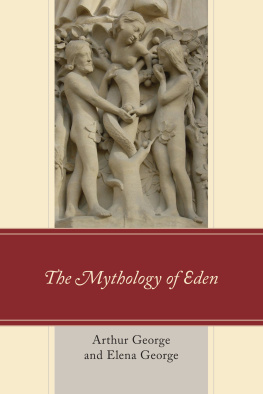
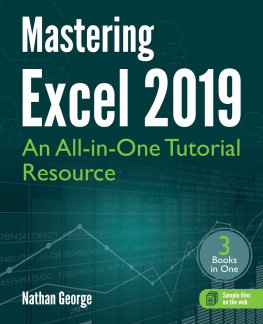


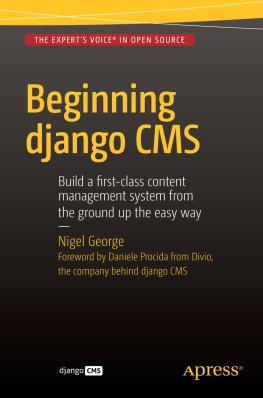
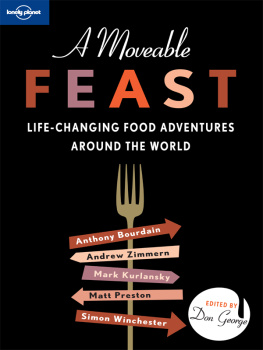
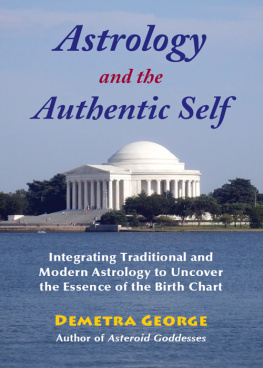
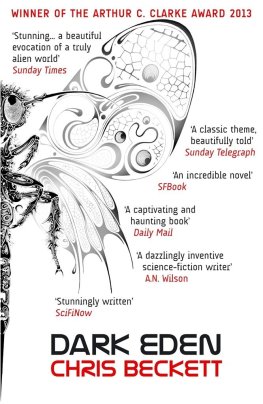
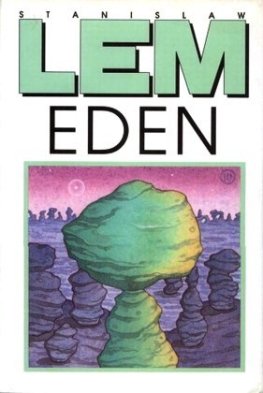

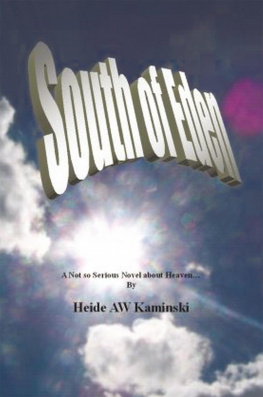
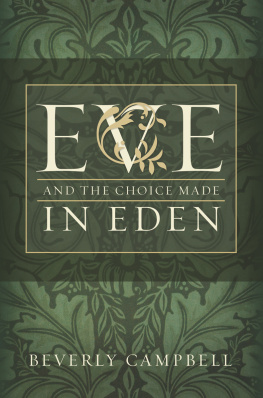


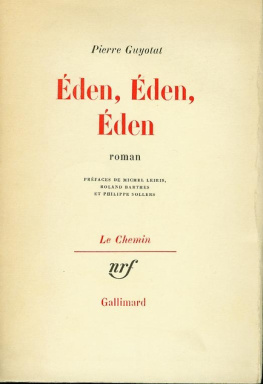
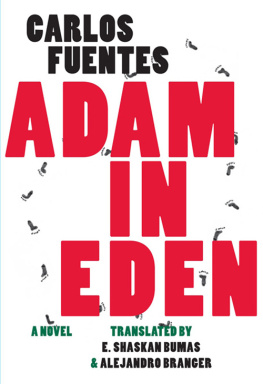
 TM The paper used in this publication meets the minimum requirements of American National Standard for Information Sciences Permanence of Paper for Printed Library Materials, ANSI/NISO Z39.48-1992.
TM The paper used in this publication meets the minimum requirements of American National Standard for Information Sciences Permanence of Paper for Printed Library Materials, ANSI/NISO Z39.48-1992.